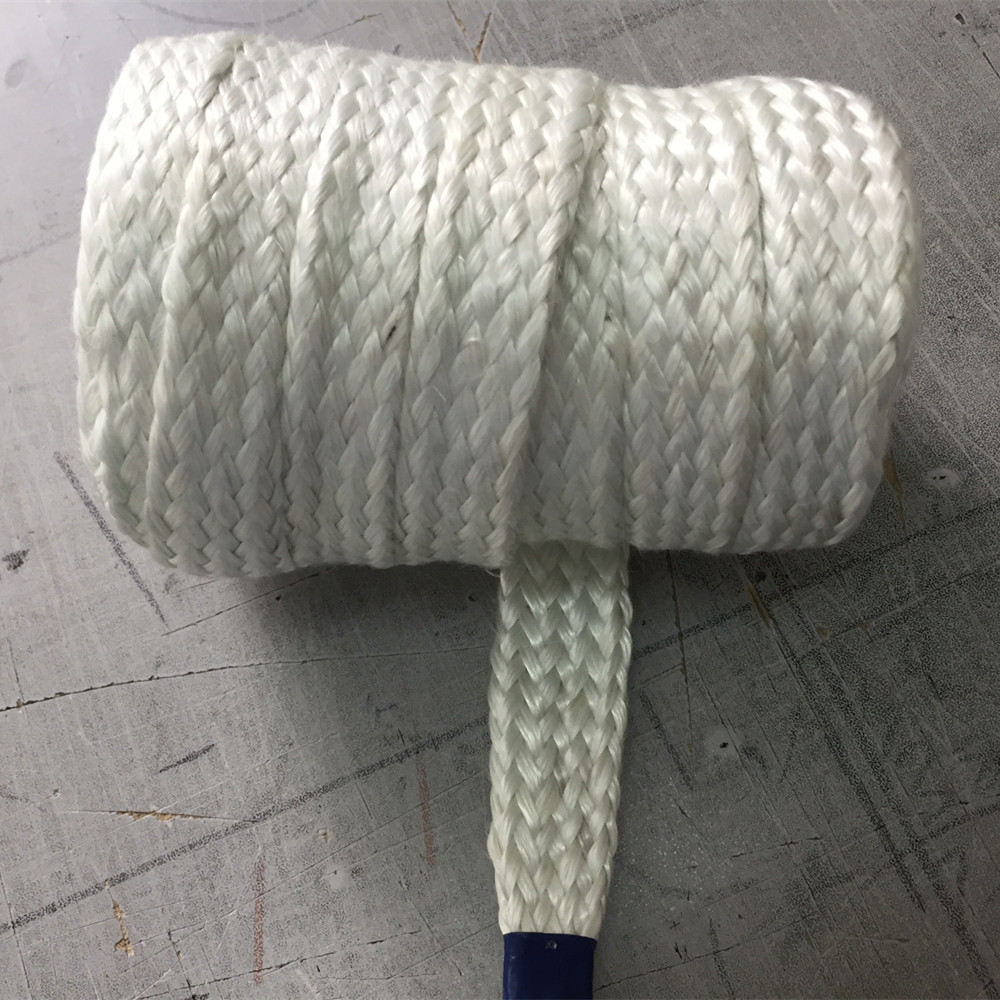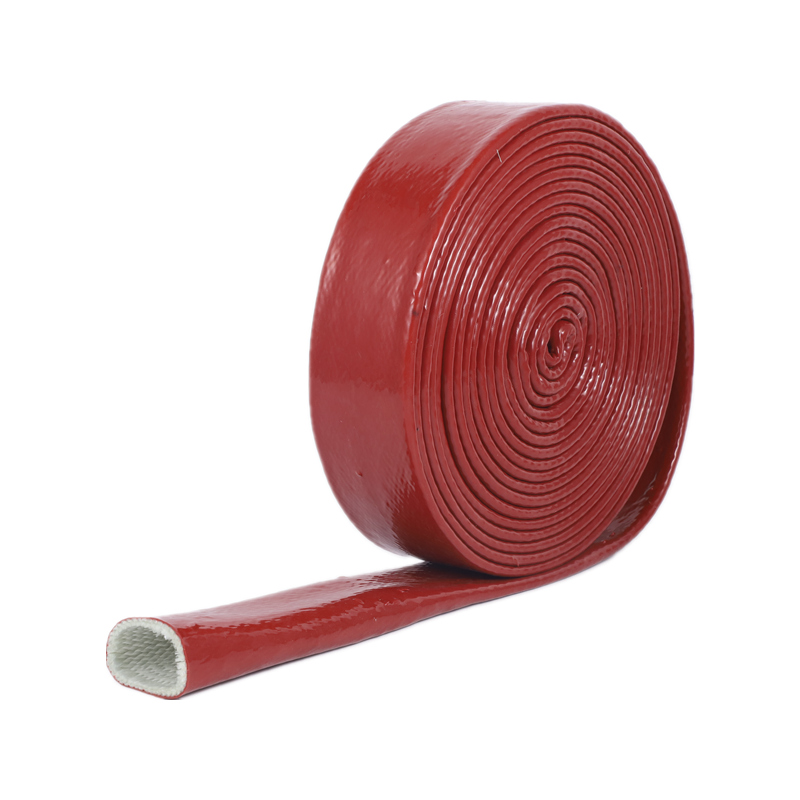Diesel heater exhaust lagging refers to insulation material or covering that is applied to the exhaust pipe of a diesel heater. The purpose of this lagging is primarily to manage and reduce the heat emitted from the exhaust pipe.
Here are some key reasons for using exhaust lagging on diesel heater exhaust pipes:
Heat Reduction: Diesel heaters can generate significant heat, especially in the exhaust gases. Lagging helps to reduce the temperature of the exhaust gases as they exit the heater, which can prevent damage to surrounding components and improve safety.
Safety: Lowering the temperature of the exhaust gases reduces the risk of accidental burns or fires caused by contact with hot surfaces.
Efficiency: By insulating the exhaust pipe, lagging can help maintain the temperature of the exhaust gases, potentially improving the efficiency of the heater.
Noise Reduction: Lagging can also help to dampen the sound produced by the exhaust gases as they pass through the pipe.
Materials used for exhaust lagging can vary, but they often include insulating materials like ceramic fibers, fiberglass, or mineral wool, which are designed to withstand high temperatures. The lagging is typically wrapped around the exhaust pipe and secured to ensure proper insulation and coverage.
In summary, diesel heater exhaust lagging is an important component for managing heat and ensuring safety in the operation of diesel heaters.

